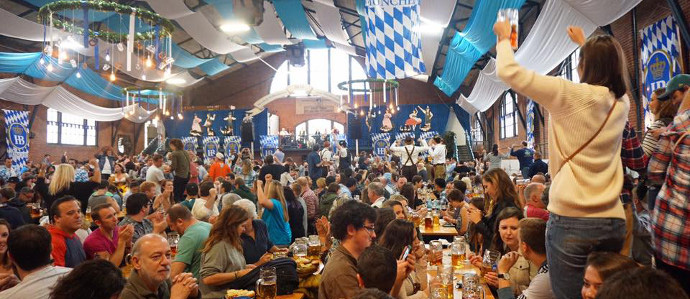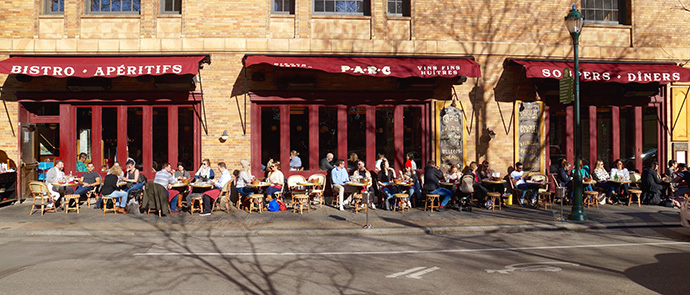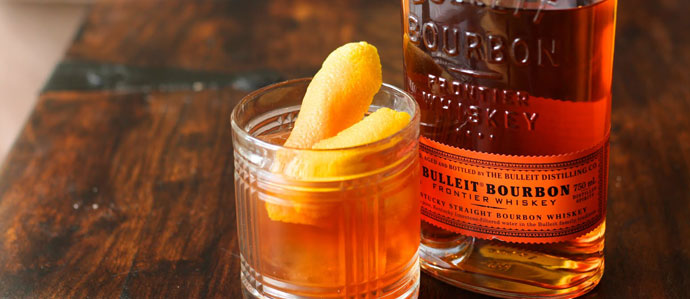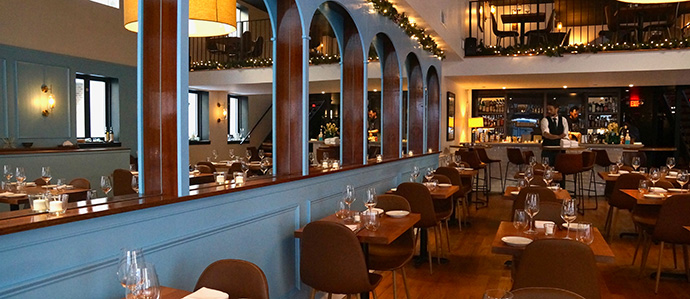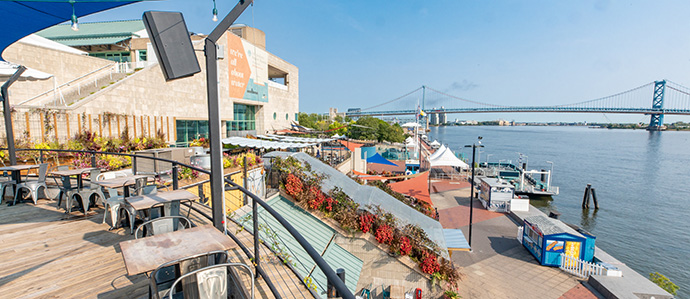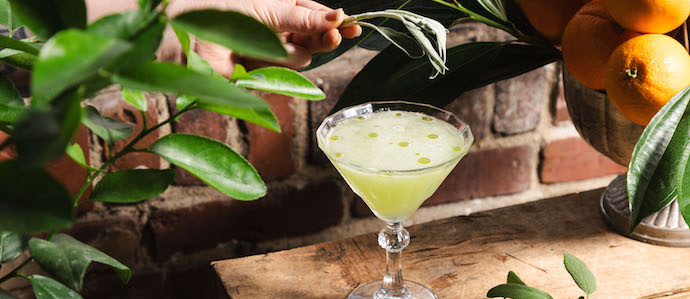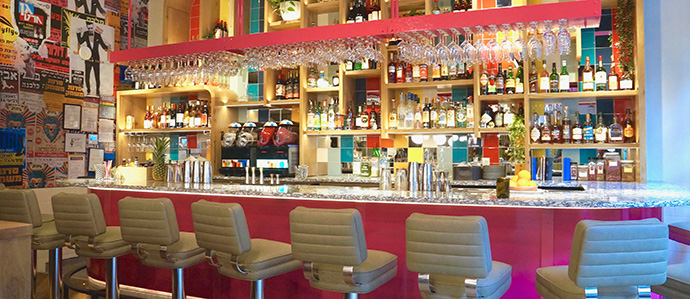Cider Review: Angry Orchard
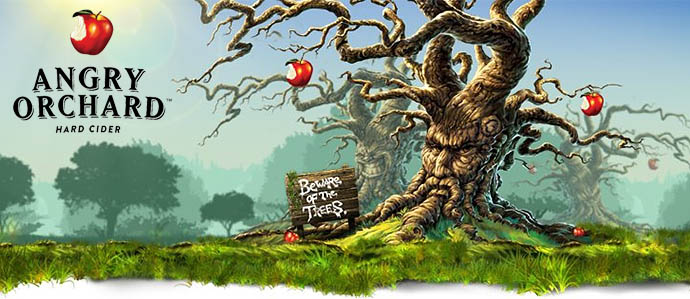
With sales of hard cider growing 27% in the U.S. last year, it makes sense that Boston Beer Co. would finally — after playing with recipes for 15 years — release its Angry Orchard family of ciders last fall. However, Angry Orchard is not a Sam Adams spinoff — owner Jim Koch is adamant about giving the brand a separate identity. The packaging and marketing materials, including the official press release announcing the launch, contain no reference to the parent company and claim Cincinnati, not Boston, as its home. Likewise, there seems to be no mention of the brand on Boston Beer Co.’s website.
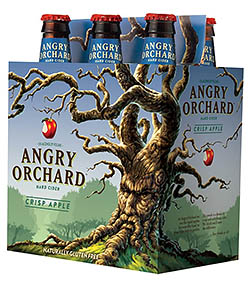 Cider maker David Sipes has been quoted as saying, “Angry Orchard is a subsidiary of The Boston Beer Company, but a critical decision was made early on for Angry Orchard to have its own identity in every aspect from recipe development through packaging.”
Cider maker David Sipes has been quoted as saying, “Angry Orchard is a subsidiary of The Boston Beer Company, but a critical decision was made early on for Angry Orchard to have its own identity in every aspect from recipe development through packaging.”
Koch’s distancing could be said to extend to his ingredients, which he sources far from home, buying apples for the trio of Angry Orchard ciders in Italy and France. Despite being idiosyncratic in an era when food suppliers climb on top of another to proclaim their commitment to buying local, after a few sips, the decision is understandable. The culinary apples from the foothills of the Italian Alps and the bittersweet fruit that originates in Normandy combine to make ciders so flavorful yet gentle that they easily compel a non-cider drinker to ask for thirds.
Completely unlike the sharp Irish styles typically available in the states before cider made its craft comeback, Angry Orchard’s Traditional Dry, Crisp Apple and Apple Ginger flavors are perky, at once slightly sweet and also dry, and eminently drinkable. The description on the Crisp Apple bottle applies to all three styles and is as true as any I’ve seen: “This crisp and refreshing cider mixes the sweetness of the apples with a subtle dryness for a balanced cider taste.”
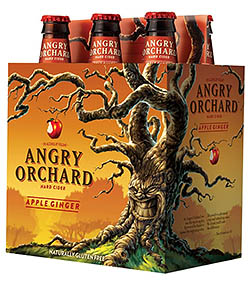 The Traditional Dry is, not surprisingly, the driest. Offering a tempered whiff of a snappy hard green apple, it’s made in the style of England’s traditional pub drink. The relative lack of sweetness also makes this cider the tartest, snapping the drinker awake like smelling salts. This style maintains its dryness partially because no juice was added to sugar it up.
The Traditional Dry is, not surprisingly, the driest. Offering a tempered whiff of a snappy hard green apple, it’s made in the style of England’s traditional pub drink. The relative lack of sweetness also makes this cider the tartest, snapping the drinker awake like smelling salts. This style maintains its dryness partially because no juice was added to sugar it up.
Crisp apple tastes the most like the juice you were fed with graham crackers as a kid. It’s not at all cloying but does derive some of its ripe, natural-tasting sweetness from the addition of Fuji apples. It has a sprightly carbonation that draws the mind to bottom-shelf bubbly — not that there’s anything cheap-tasting about in the cider. I combined this style with Goldschlager (yes, it’s still around, and the ratio is one bottle of cider to one shot of liquor) as a volunteer at a recent tasting event and delighted the participants with the taste of cinnamon apple.
There isn’t all that much ginger flavor in the Apple Ginger, though if you try hard enough you can pick some up on the finish. That doesn’t diminish the enjoyment, however, because if you close your eyes you can imagine you’re drinking a lightly fizzed and fruit-forward Sauvignon Blanc or a glass of Welch’s white grape juice.
All of the varieties are low in alcohol and mix nicely. Play around by adding schnapps, hot cinnamon flavored spirits, muddled fruit (try peaches) and simple syrup. The Angry Orchard website also lists extensive cocktail-making possibilities. What works in one will probably work almost as well in the others, too — though there are subtle differences between the three, if you like one, you’ll probably like them all. Even if you don’t like cider.











